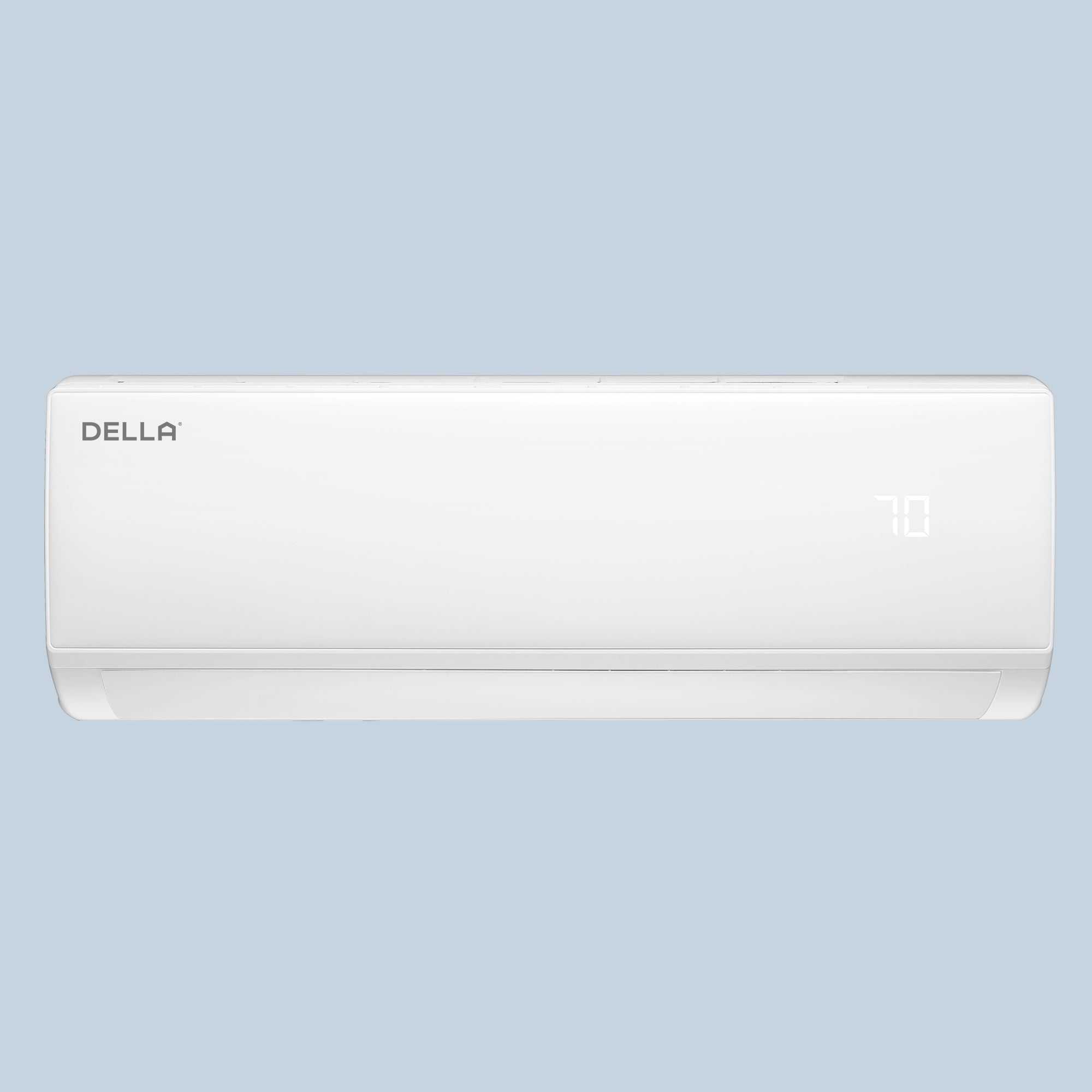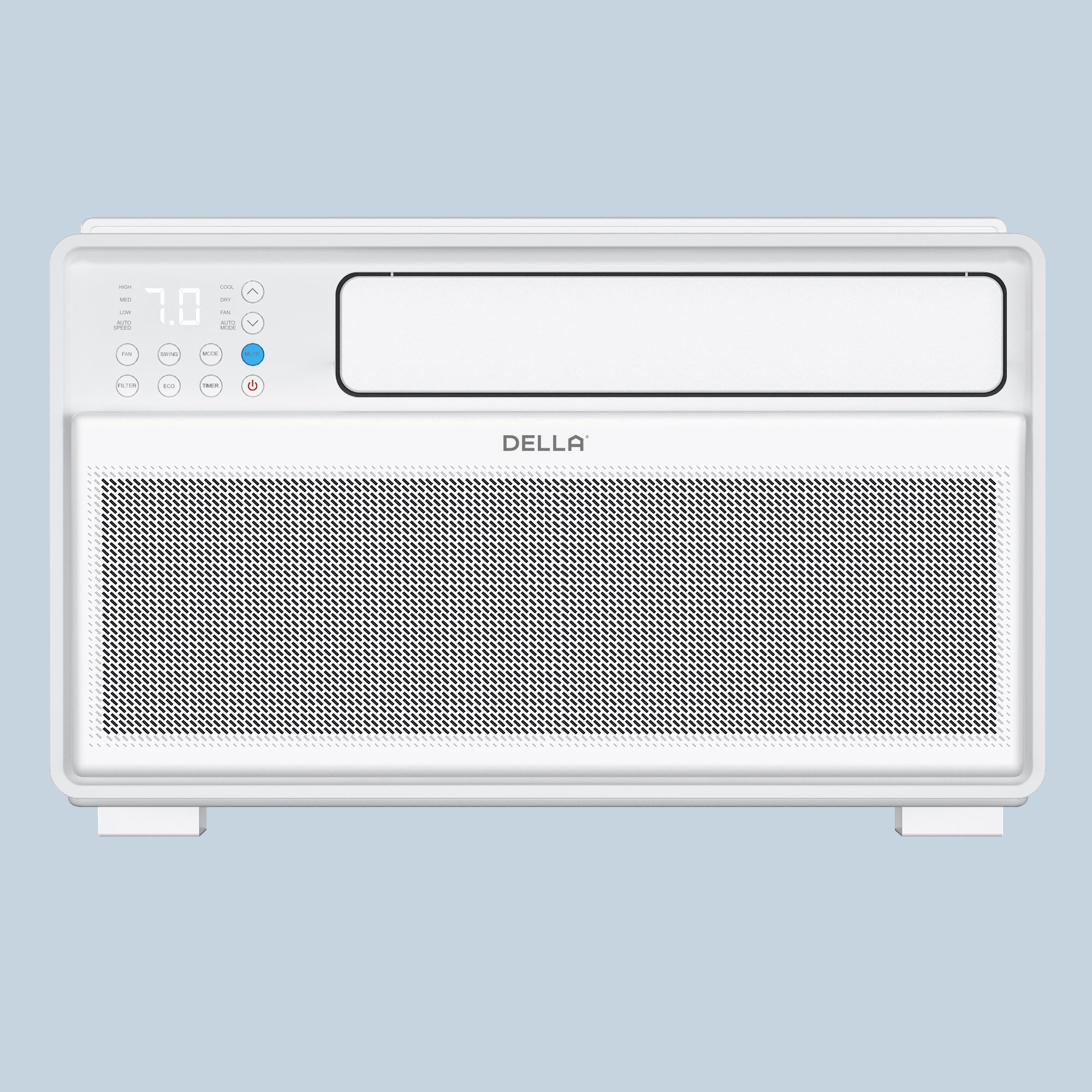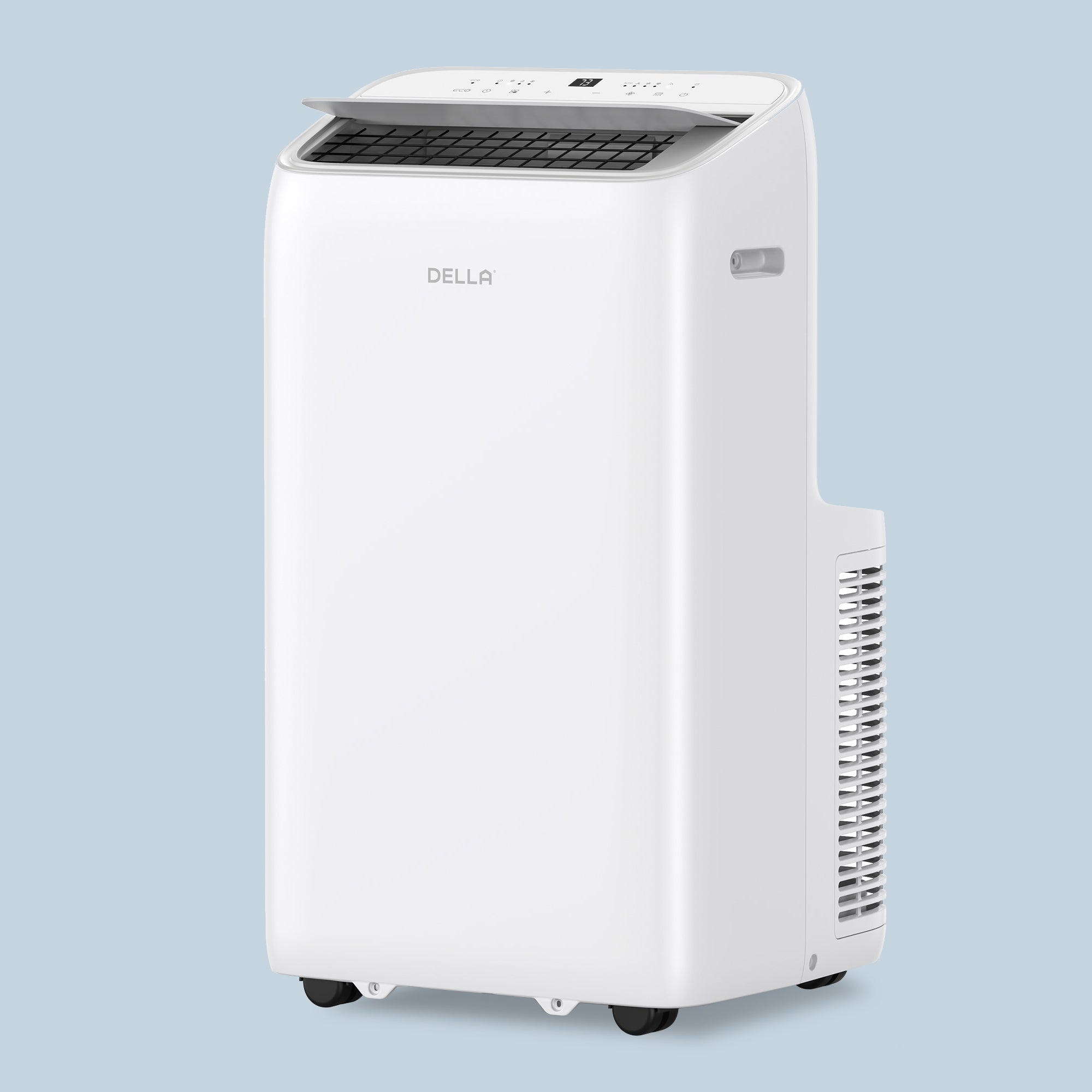A heat pump and a furnace each bring unique benefits to home heating. While both systems effectively warm your space, they operate differently and suit various needs. This guide explores the key differences to help you determine which option best aligns with your comfort, efficiency, and budget needs.
What is a Heat Pump?
A heat pump transfers heat rather than generating it, offering an efficient solution for home heating and cooling. It works by extracting warmth from the outside environment—air, ground, or water—and moving it indoors during winter.
Air-Source Heat Pumps
As the most common type, air-source heat pumps draw heat from outdoor air to warm your home. They are popular due to their lower installation costs and versatility across various climates, especially in regions with milder winters.
Common household models, including mini-split heat pump, window AC, and portable AC units with heat pump functions, use this technology to provide both heating and cooling. Efficiency ratings for these units often reach COP values of 2.0 to 3.0 (200-300%) under ideal conditions.
Ground-Source (Geothermal) Heat Pumps
These pumps extract heat from the ground, maintaining steady efficiency throughout the year with COP values between 3.5 and 4.5 (350-450%). Installation costs are higher due to the excavation needed for underground piping, but the stable ground temperature makes these systems more efficient than air-source units in colder climates.
Water-Source Heat Pumps
Water-source pumps use nearby water sources, such as ponds or lakes, to draw heat. With COP values around 4.0 (400%), they perform similarly to ground-source systems and are ideal where water sources are accessible.

What is a Furnace?
A furnace is a heating system that warms air to heat your home. It generates heat by burning fuel—such as natural gas, propane, or oil—or by using electricity, then circulates the heated air through ducts.
Natural Gas Furnaces
Natural gas furnaces are the most common type, known for their cost-effectiveness and efficiency, especially in areas with natural gas supply. They are widely used in cities like Chicago, IL, and Cleveland, OH, where natural gas infrastructure is well-established. Their efficiency ratings, measured by Annual Fuel Utilization Efficiency (AFUE), typically range from 80% to 98%.
Electric Furnaces
Using electric resistance heating, electric furnaces are nearly 100% efficient in terms of AFUE. However, due to the higher cost of electricity, they tend to have higher operating expenses. Electric furnaces are often found in regions with milder winters, such as Atlanta, GA, and Orlando, FL, where heating demands are lower.
Oil Furnaces
Less common today, oil furnaces are mainly used in areas without access to natural gas, particularly in rural parts of the Northeast, such as areas around Burlington, VT, and Bangor, ME. These systems have AFUE ratings from 80% to 90%, but they require more frequent maintenance and have higher emissions compared to other types.
Heat Pump vs Furnace: Pros and Cons
Understanding the pros and cons of heat pumps and furnaces helps in choosing the best heating solution for your home. Here’s a quick comparison based on efficiency, climate suitability, and more.
Heating Capabilities and Climate Suitability
Heat pumps and furnaces each have strengths suited to different climates. Heat pumps offer both heating and cooling, making them a great choice for milder climates, like the Southeast, where winters are not too harsh. However, when temperatures drop below 25°F (-4°C), their efficiency can fall to around 100% (COP 1.0), meaning a backup heat source might be needed.
Furnaces, by contrast, generate their own heat, providing steady warmth even in extreme cold. This makes them well-suited for areas with long, harsh winters, like the Midwest and Northeast, where consistent heating is essential.
Cost Considerations
Heat pumps generally have higher upfront costs, averaging $4,000 to $8,000, compared to furnaces at $2,500 to $5,500. However, since heat pumps provide both heating and cooling, they may still be more cost-effective than installing both a furnace and an AC, which can exceed $6,000.
In terms of operating costs, while heat pumps are efficient (COP 2.0–3.0), this doesn’t always mean lower bills. In regions with high electricity rates, like the Northeast (about $0.20/kWh), running a heat pump can be as costly as using a natural gas furnace, where gas averages $1.20 per therm.
Lifespan and Maintenance
Heat pumps, like mini split ac and heater systems, typically last 10 to 15 years due to year-round operation and need semi-annual maintenance. Furnaces, used mainly in winter, often last longer—15 to 20 years—and generally require only annual servicing.
Noise Levels
Heat pumps are generally noisier than furnaces due to their outdoor compressor, especially during colder weather. On average, heat pumps produce around 50 to 60 decibels from a distance of about 3 feet, comparable to the sound of light traffic or background conversation. While newer models are quieter, the outdoor unit may still be noticeable.
Furnaces, by contrast, operate quietly indoors, with noise levels usually between 40 and 50 decibels, limited to the blower.
Installation Requirements
Heat pumps require both an indoor unit and an outdoor compressor, connected by piping and wiring. For ductless mini split heat pump systems, installation costs are typically higher due to the need for multi-zone mini splits system. A basic ductless heat pump installation generally ranges from $5,000 to $12,000, depending on the number of rooms or zones. Each additional indoor unit can add $1,000 to $2,500 to the overall cost.
Furnaces are generally simpler to install if ductwork is already in place, with costs ranging from $2,500 to $5,500. For homes without existing ductwork, adding ducts can increase the total cost by an additional $3,000 to $5,000.

Myths of Heat Pumps and Furnace
Myth 1: Heat Pumps Don't Provide Adequate Heating in Cold Weather
Modern heat pumps are designed to work efficiently even in colder climates, with advancements that allow them to extract heat at very low temperatures. For instance, the Della 12000 BTU Mini Split System can maintain heating effectiveness down to -12°F, making it suitable for areas with harsher winters.
Myth 2: Gas Furnaces Are Always Cheaper Than Heat Pumps
While gas furnaces often have a lower initial installation cost, heat pumps can offer more savings over time due to their ability to handle both heating and cooling in one system, reducing equipment costs. Additionally, under the Inflation Reduction Act, homeowners can receive up to $2,000 in tax credits for qualifying heat pump installations, further offsetting costs.
Myth 3: Heat Pumps Struggle in High-Humidity Regions
Many believe heat pumps are less effective in humid climates. However, modern heat pumps now come with advanced moisture control features and variable-speed fans to manage indoor humidity efficiently. This makes them well-suited to warm, humid areas, where they cool the home effectively while reducing excess moisture.
Myth 4: Heat Pumps Are Only Effective for Small Homes
It’s a misconception that heat pumps work best in smaller spaces. In reality, they come in a range of sizes and configurations suitable for homes of all sizes. Multi-zone and ducted systems can efficiently serve larger homes, with options to customize temperatures in different rooms, making heat pumps a flexible and efficient solution for both small and large homes.
Which Is Better: Heat Pump or Furnace?
For most milder climates, a heat pump is often the better choice due to its efficiency and dual heating-cooling capability. However, in colder regions, a furnace may be more reliable and effective.
A heat pump works best in areas with moderate winters, as it can provide both heating and cooling, making it a versatile, energy-efficient option. Additionally, incentives can help offset its higher upfront cost. On the other hand, a furnace, which generates its own heat, performs consistently even in freezing temperatures, making it ideal for homes in colder climates. Ultimately, the choice depends on your climate, energy costs, and home heating needs.
Conclusion
In choosing between a heat pump and a furnace, it’s essential to consider your climate, heating needs, and budget. For milder climates, a heat pump offers efficient, versatile heating and cooling year-round, while a furnace may be preferable in areas with extremely cold winters.
If you’re looking for a high-performance heat pump with exceptional heating capabilities and a wide operating temperature range, check out Della’s air conditioner sale for efficient heat pump air conditioners. Their advanced models provide reliable comfort in all seasons, making them a smart investment for any home.
Read More:
What Size of Mini Split Air Conditioner Do I Need?
Mini Splits vs. Heat Pump: Which Is the Best Choice for Your Home?
How Many BTU to a Ton? Your Guide to the Right Air Conditioner
How Many Watts Does a Mini Split Use? Energy-Saving Guide
Mini Splits vs. Heat Pump: Which Is the Best Choice for Your Home?








LEAVE A COMMENT
All comments are moderated before being published.
This site is protected by hCaptcha and the hCaptcha Privacy Policy and Terms of Service apply.